I picked up the vacuum system from Portland State two weeks ago from a professor I know. It was too big for the little things they do and by the time it warms up and pumps down there is no time left. So they decided to get rid of this system and build a much smaller system to replace it. As they used it it was set up for doing evaporative deposition and DC sputtering. The sputtering head was removed but the evaporator was left. This originally came out of Tektronix,
So, some of the specs:
• 26" Stainless bell jar, appears to be a Cha. The lower ring looks to have been added later and is held in place by clamps. The base has a rotary feedthrough for the shutter and a bunch of standard 1" holes for other feedthroughs.
• Leybold XTC film thickness monitor and Airco crystal head
• Lesker Ion Gauge Controller
• Varian Extrion thermocouple gauge and system control panel
• Varian 6" Diffusion Pump
• Leybold Ruvac WA-150 Roots Blower
• Leybold D30AC Roughing pump
• Water cooled evaporation transformer and control, control is homemade and transformer appears to be a varian.
Several issues. Wiring is a mess. I am probably not going to worry about that too much. The one thing I am worrying about is they are using one hot leg and the ground as neutral. Not kosher! I am installing a 500VA 240 to 120 control transformer to provide the 120v power for the components of the system that can't run on 240. I am also installing a master power contactor and a bucking transformer to drop the 240 to 208 for the RF generator I have.
What I have done so far:
• General cleaning, it was pretty bad inside. I used a mix of Varian vacuum wipes and mineral spirits to clean out the bell jar.
• Installed a air/water heat exchanger with fans and pump to keep the diff pump, exam transformer, and crystal head cool.
• Installed my Dymaxion 100 AMU RGA and it's associated Inficon IPC-2 pressure reducer. It is mounted to the base ring to the sole conflat fitting on the base. I still need to install the little Inficon Turbovac 50 turbo pump on the reducer. This will allow me to sample partial pressures up to 150mTorr though the IPC-2.
• Installed a new Inficon bakeable crystal monitor head, this is mounted through a conflat tee on the same spot where the RGA is attached.
• New bell jar o-ring, 27.25" ID. I messed up the one on there putting the top on when I got it. Only $4 from APM!
• Readjusted the ion gauge controller, someone had the settings way off. I couldn't understand why I couldn't get it below 2x10^-5 torr. I hooked up a couple other gauge controllers and found it was reading a whole decade high.
• Working on an leak on the air cylinder of the gate valve, it leaks when open. The o-ring on the piston is shot.
• Fixed some of the wiring in the control panel, got all of the pilot lights working, added switch and light for main contactor as well as rewired for a 24v solenoid to control the gate valve.
• Installed a power feed though on the top of the jar. I have a 1kw quartz halogen lamp installed for bakeout and substrate heating.
What's next:
• Replace the XTC crystal monitor with one of the Sycons I have, a lot more features, dual head capability.
• Build controls for the valving on the RGA.
• Install interlocks for the vent and gate valve, they should not be able to open at the same time.
Bucket List:
• Build a 2" sputter gun
• Build a 4 pocket e-beam evaporator
• Replace the diffusion pump with a turbo pump. This will eliminate back streaming. I have two pumps right now, both made by Seiko Seiki, one is 1000l/s and the other is 2000l/s. I only have the control for the smaller one.
 Jerry Biehler
Jerry Biehler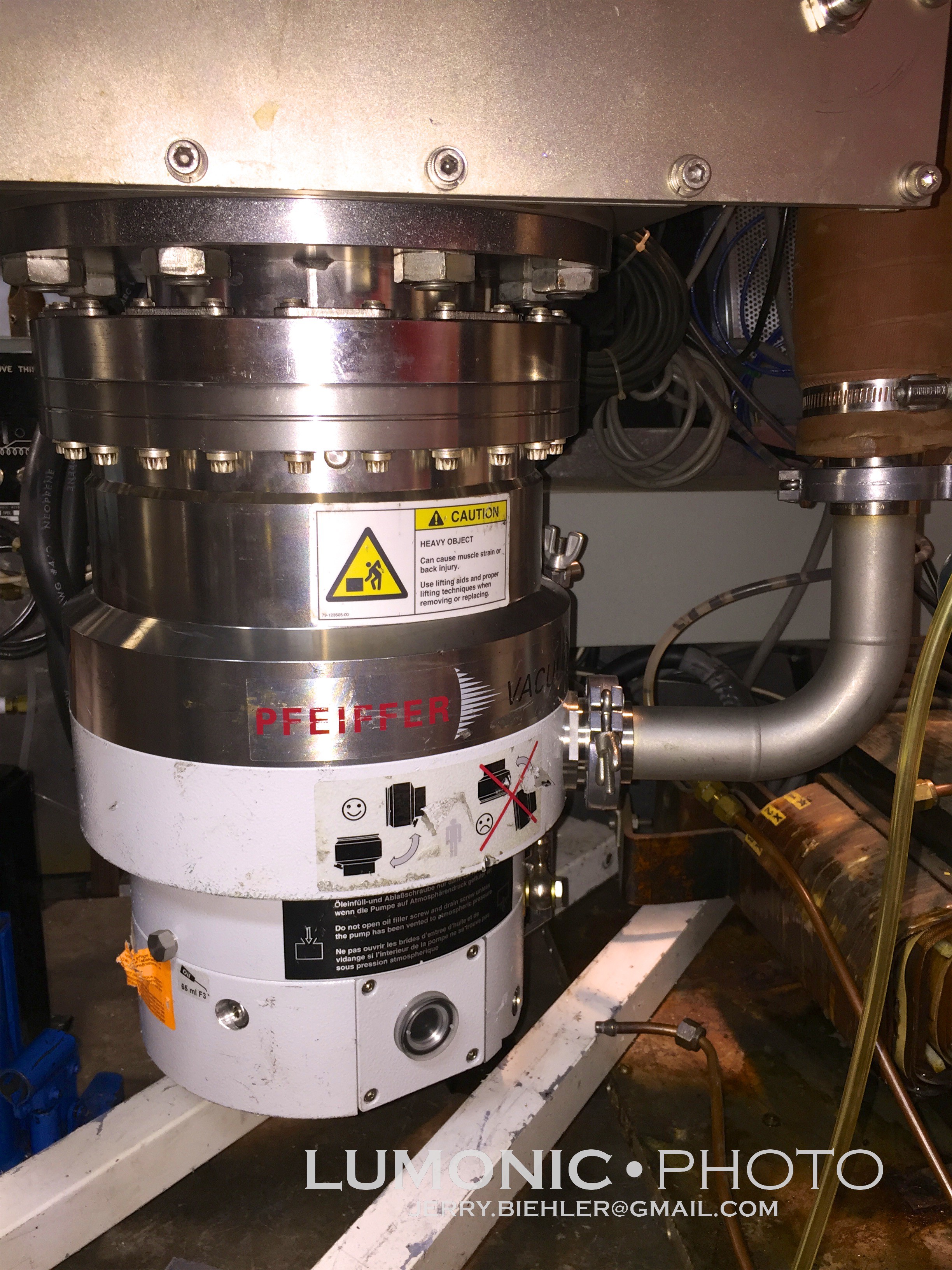
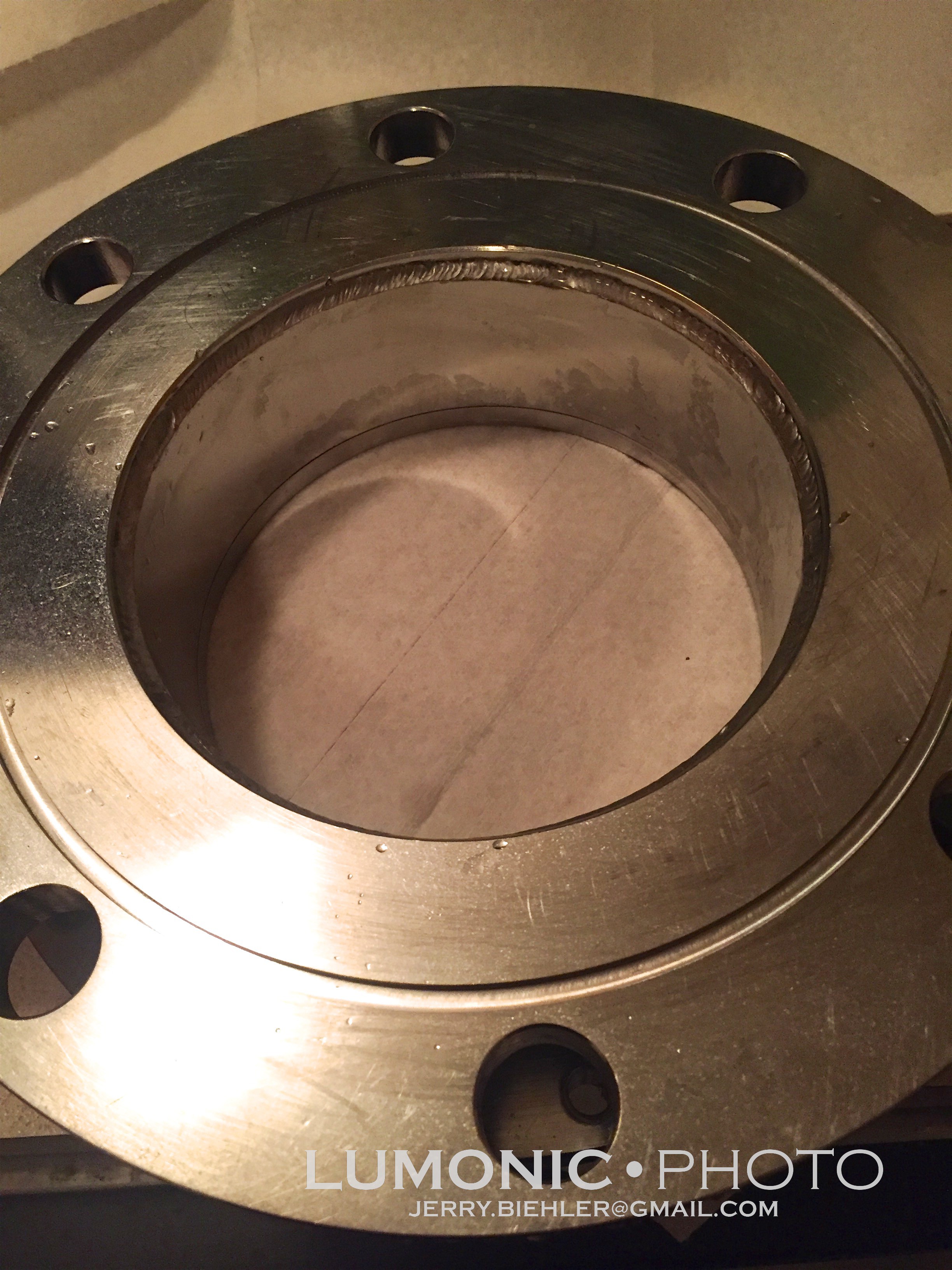
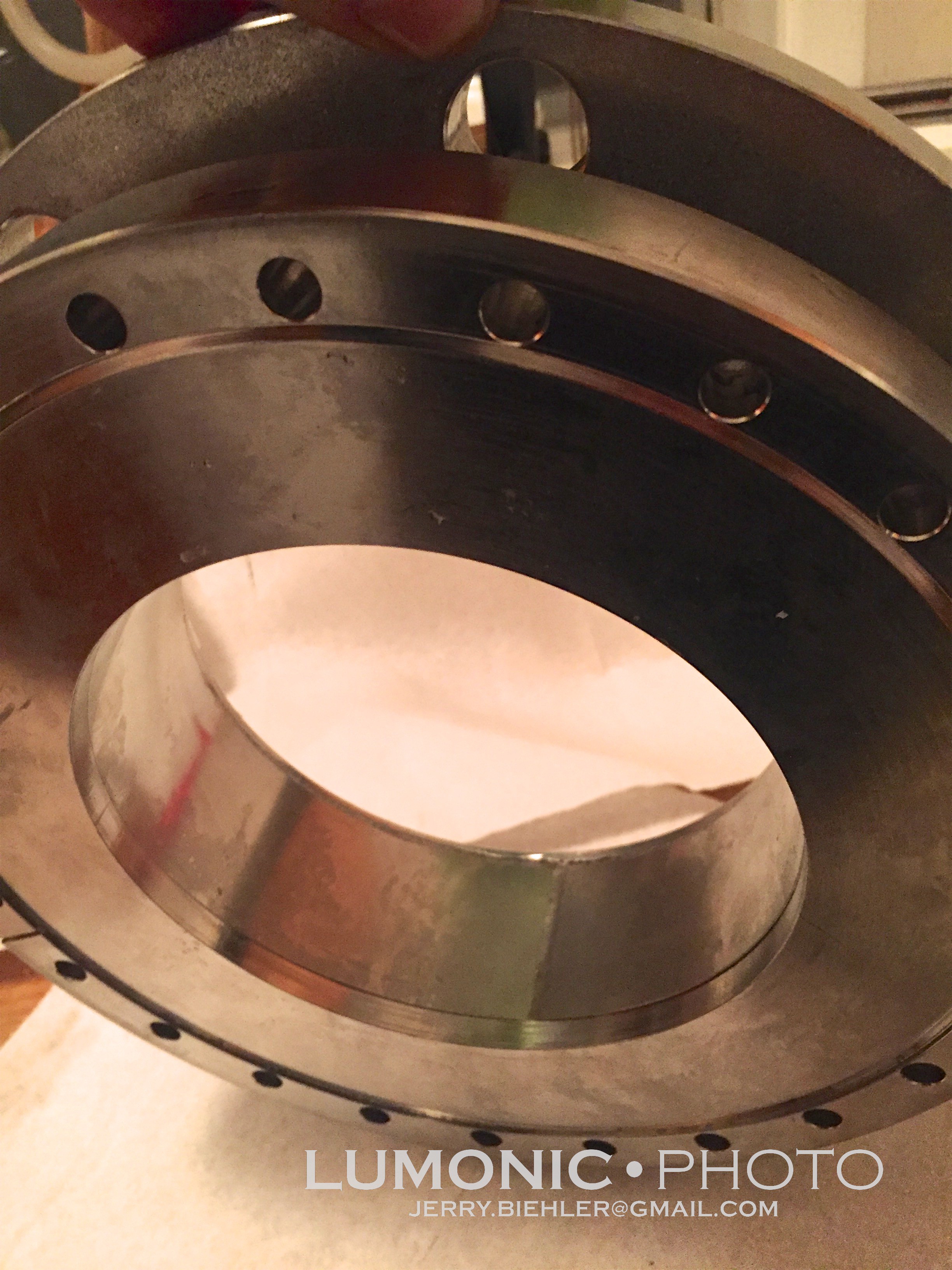
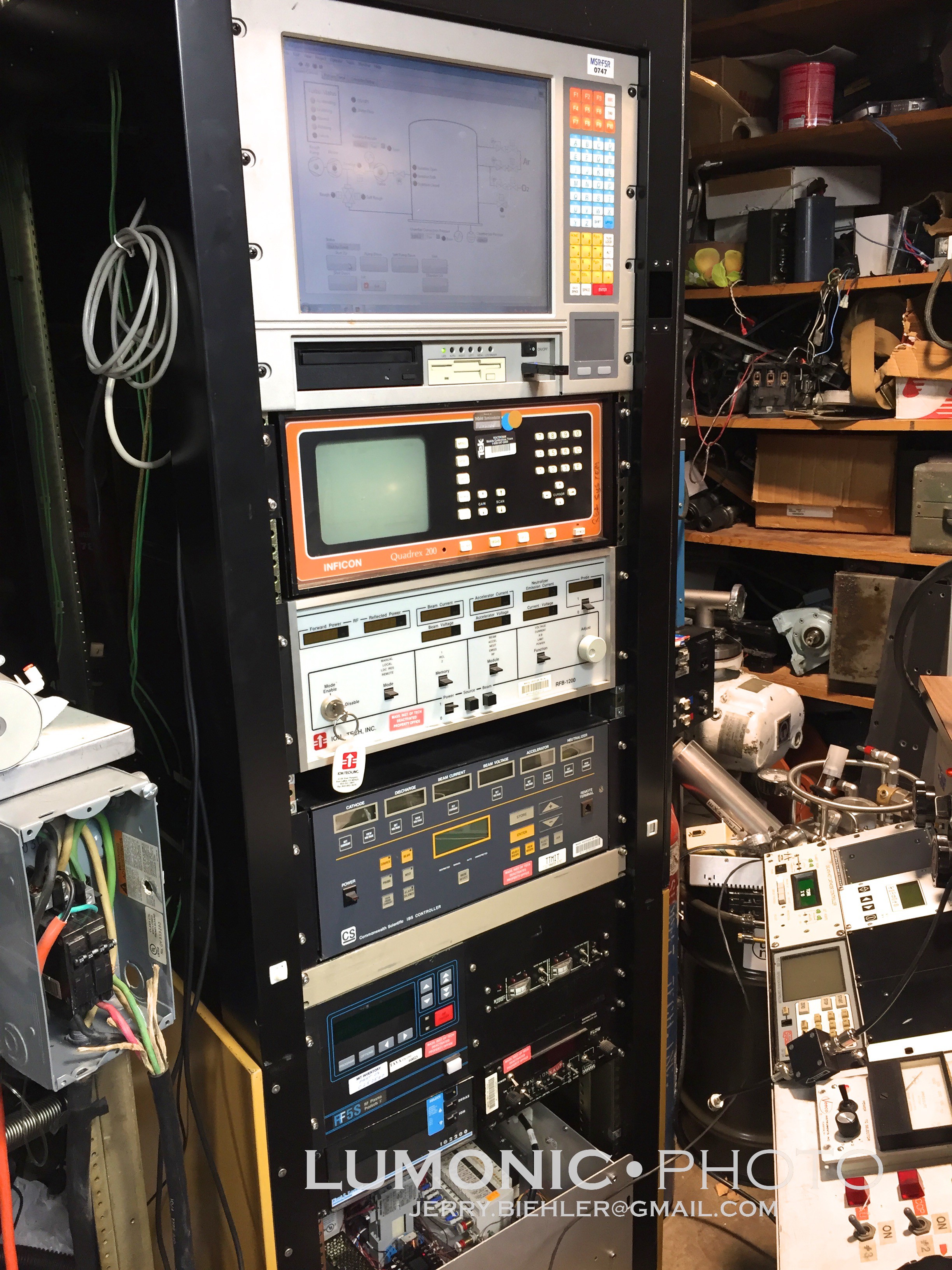
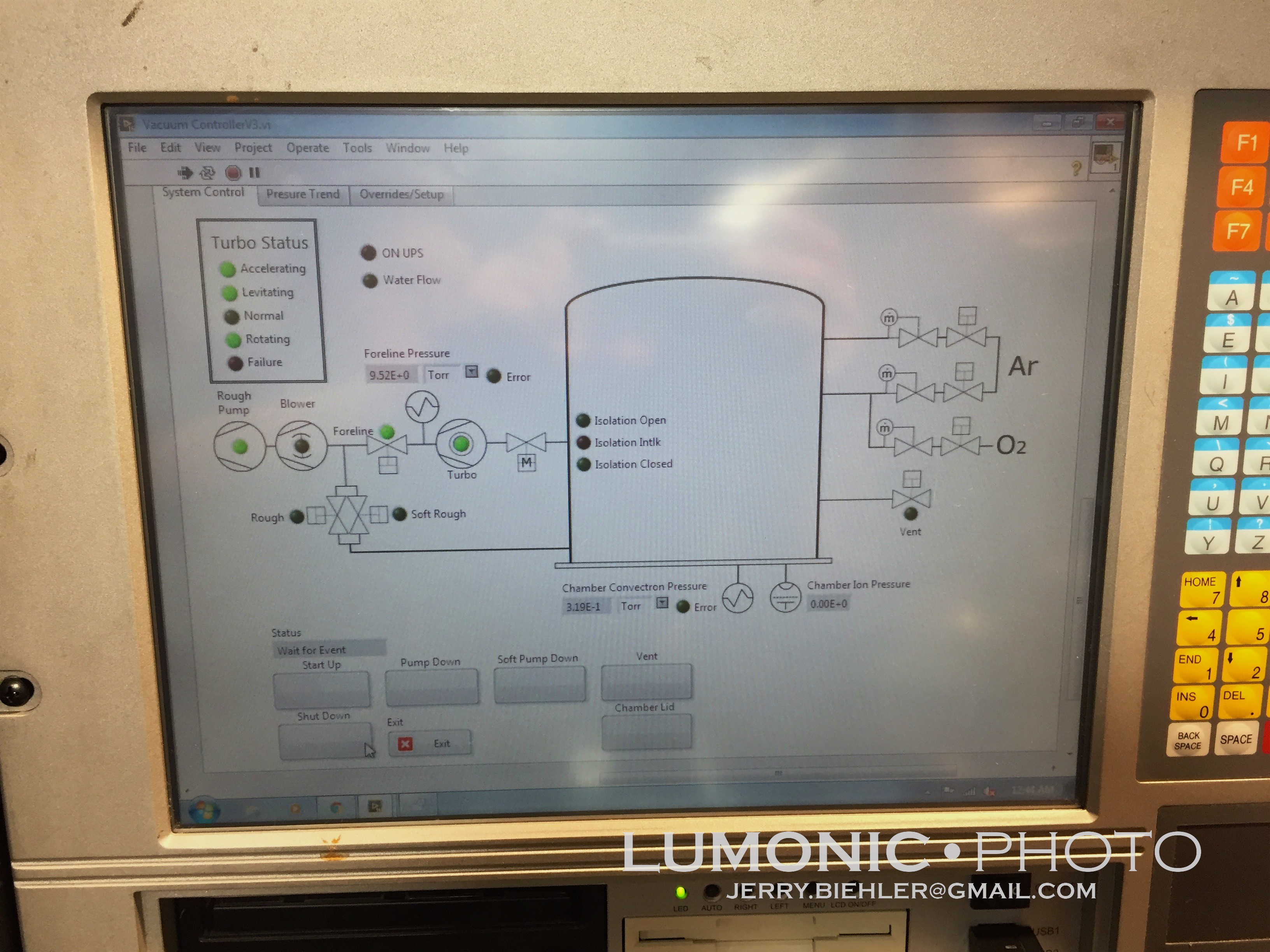
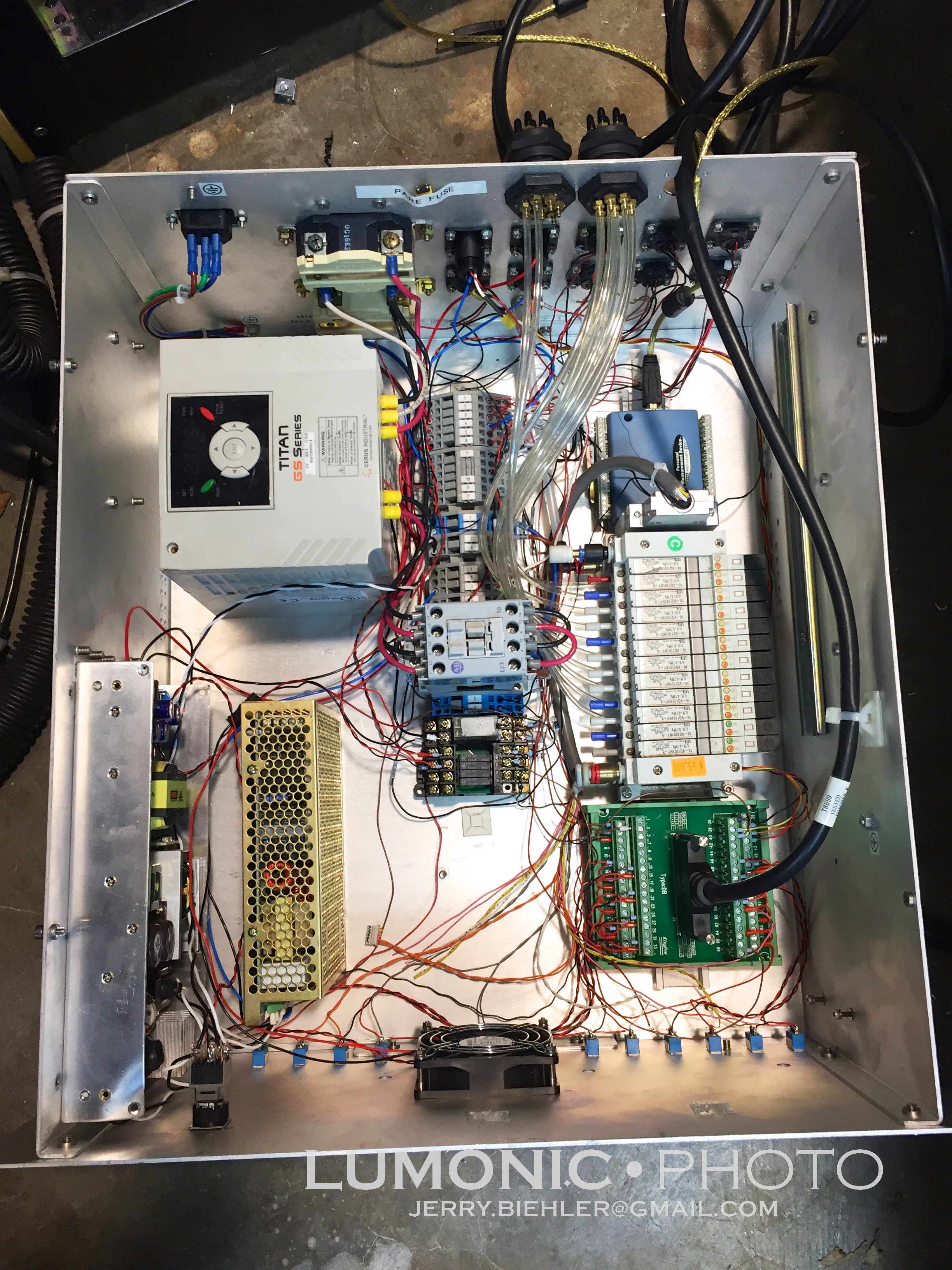

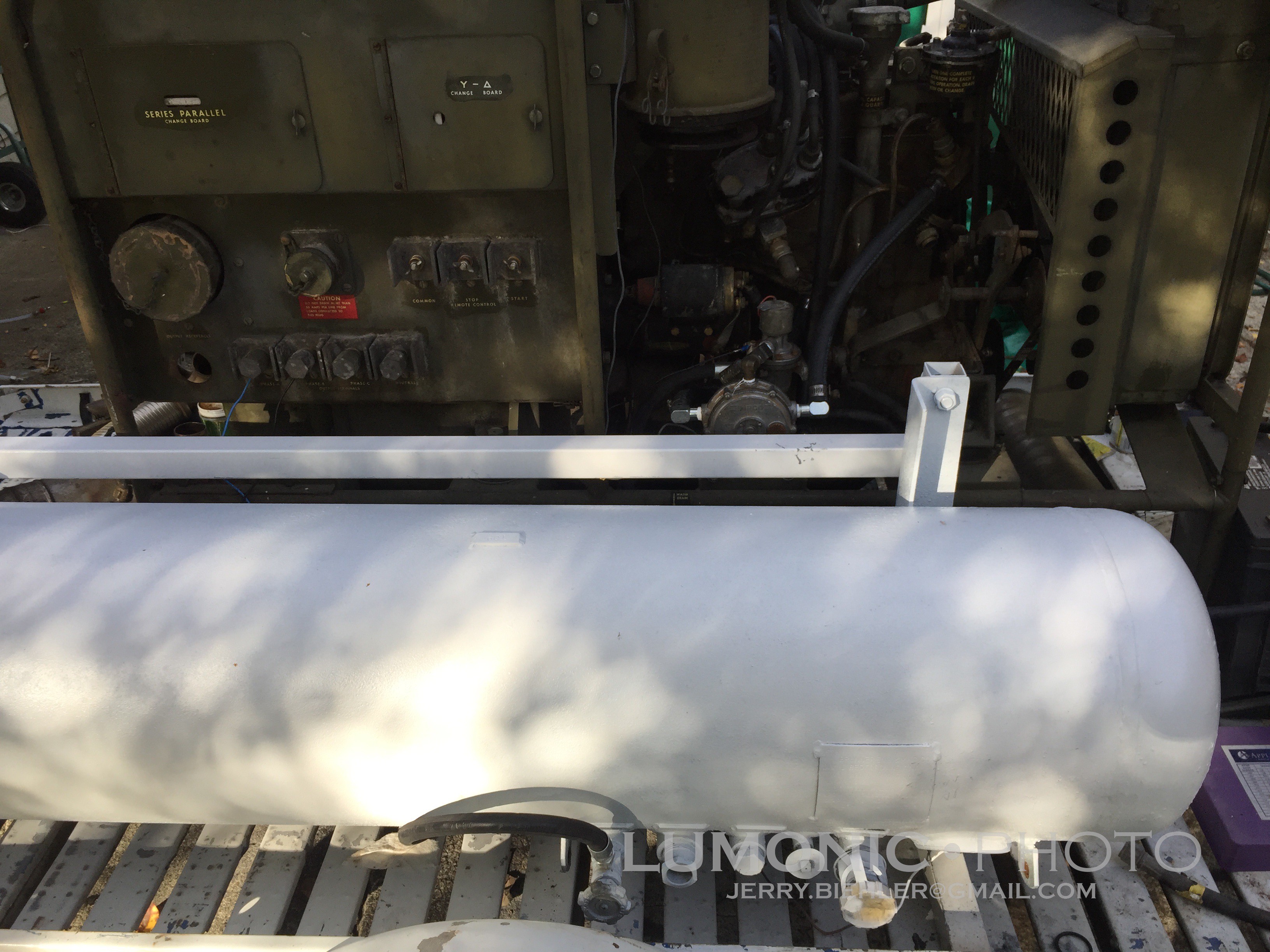


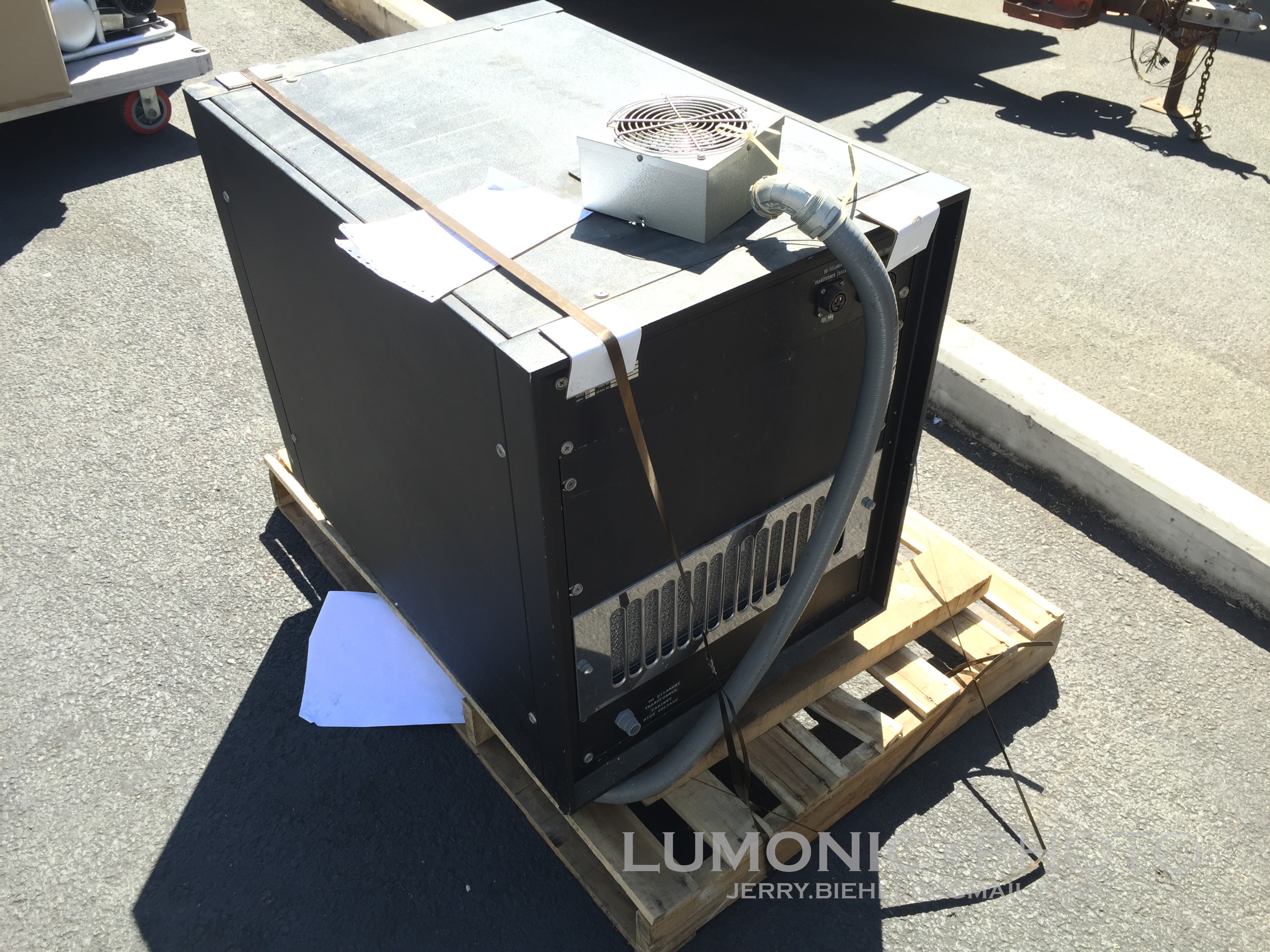
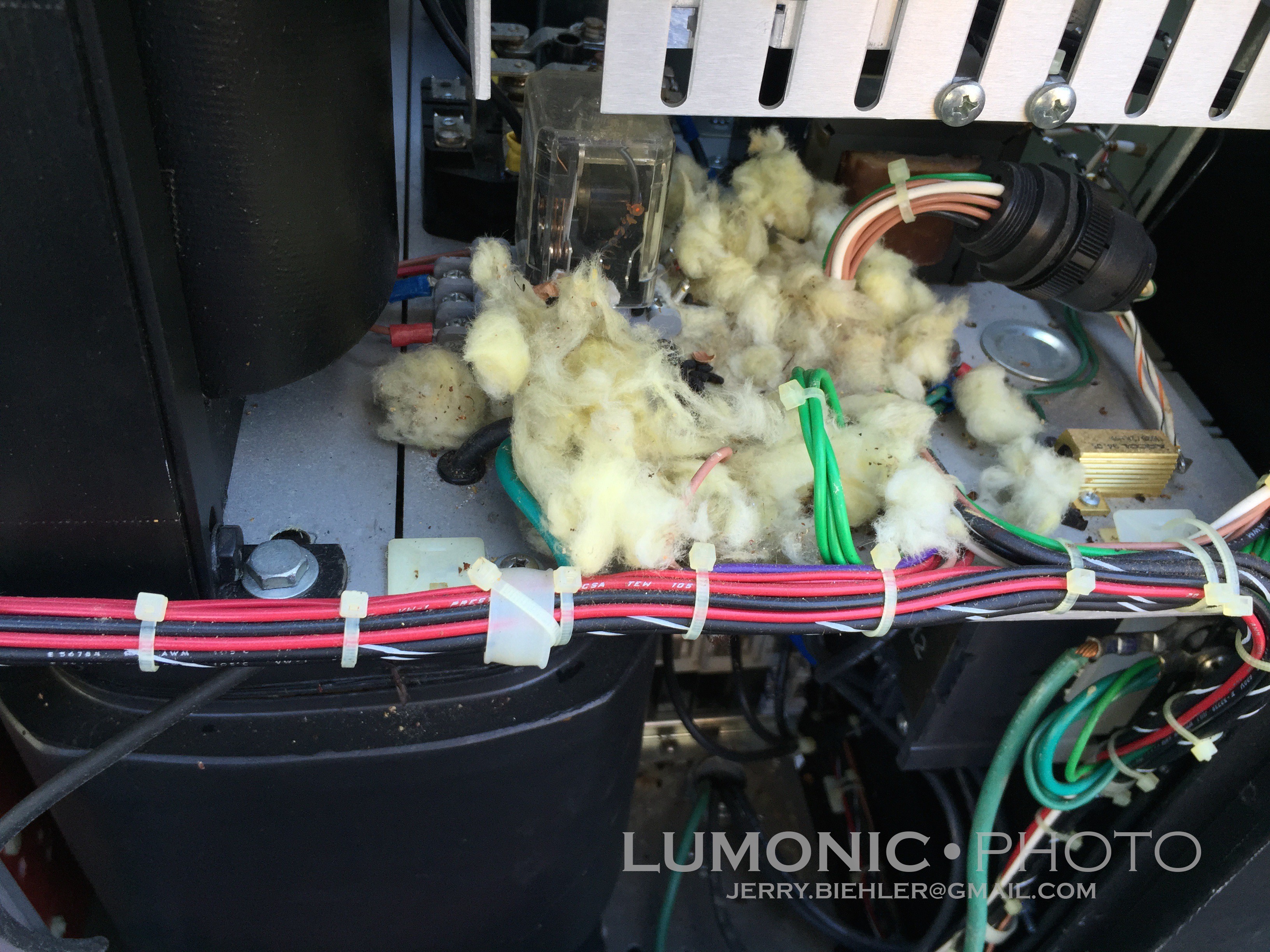
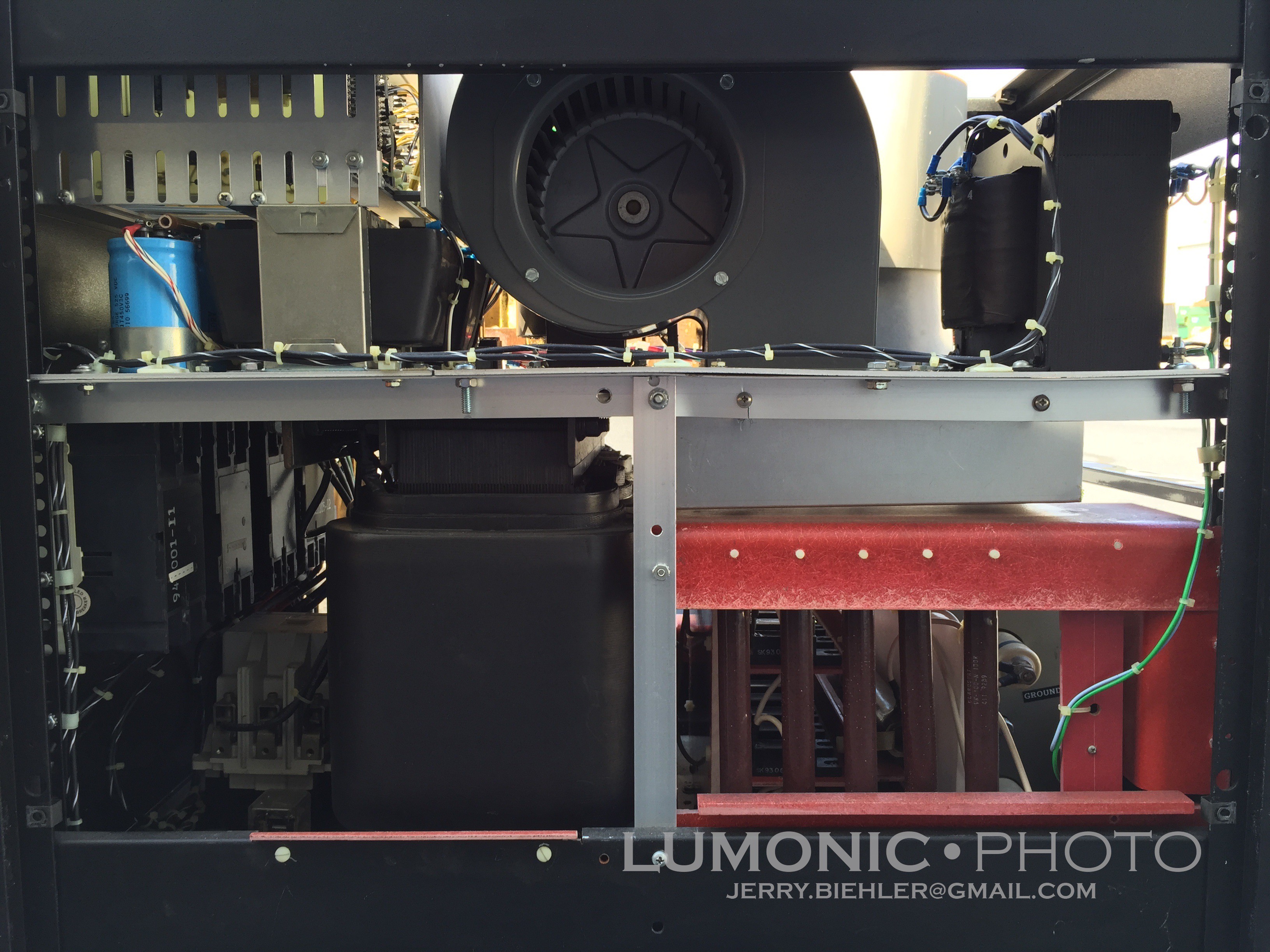
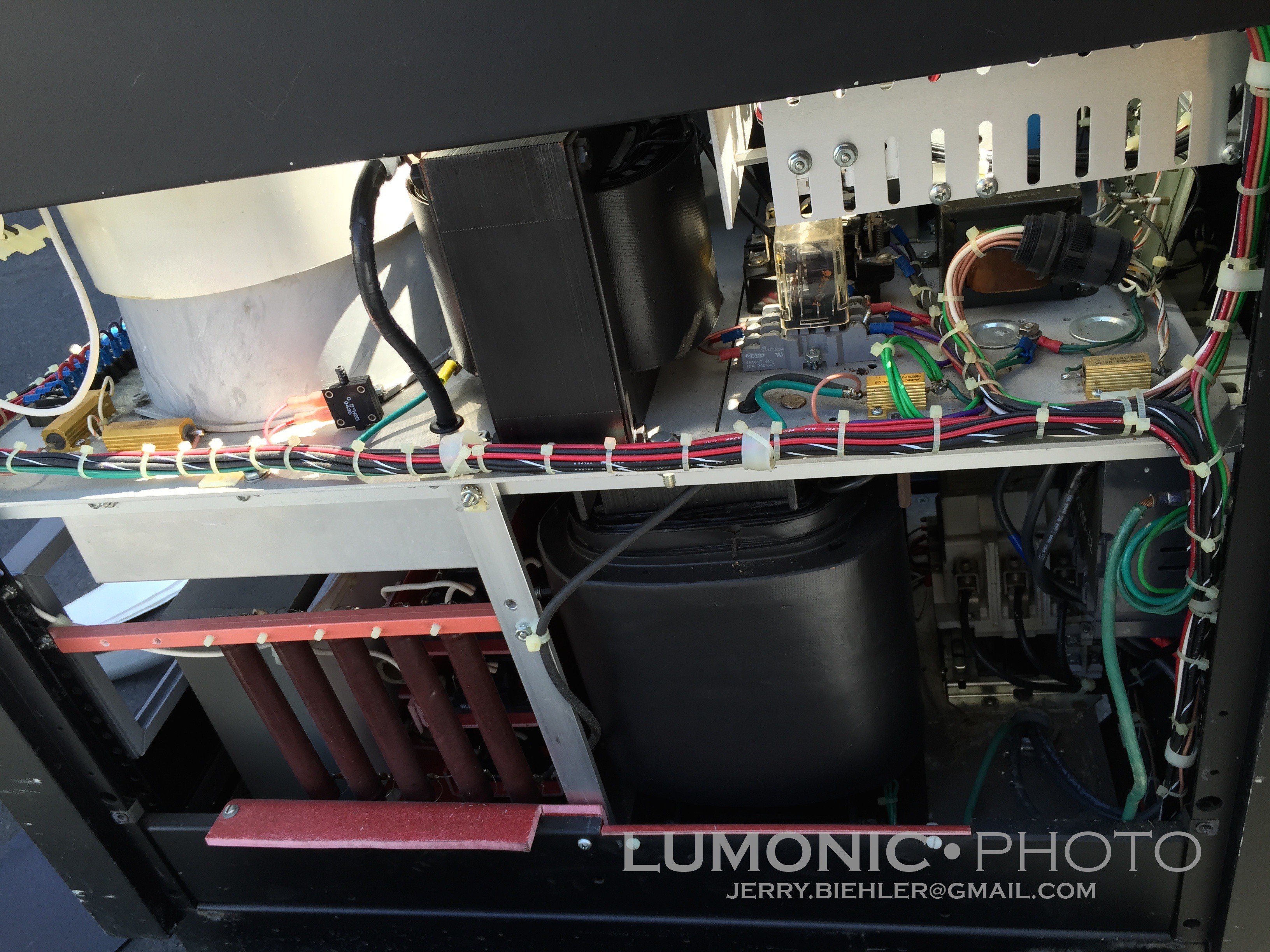
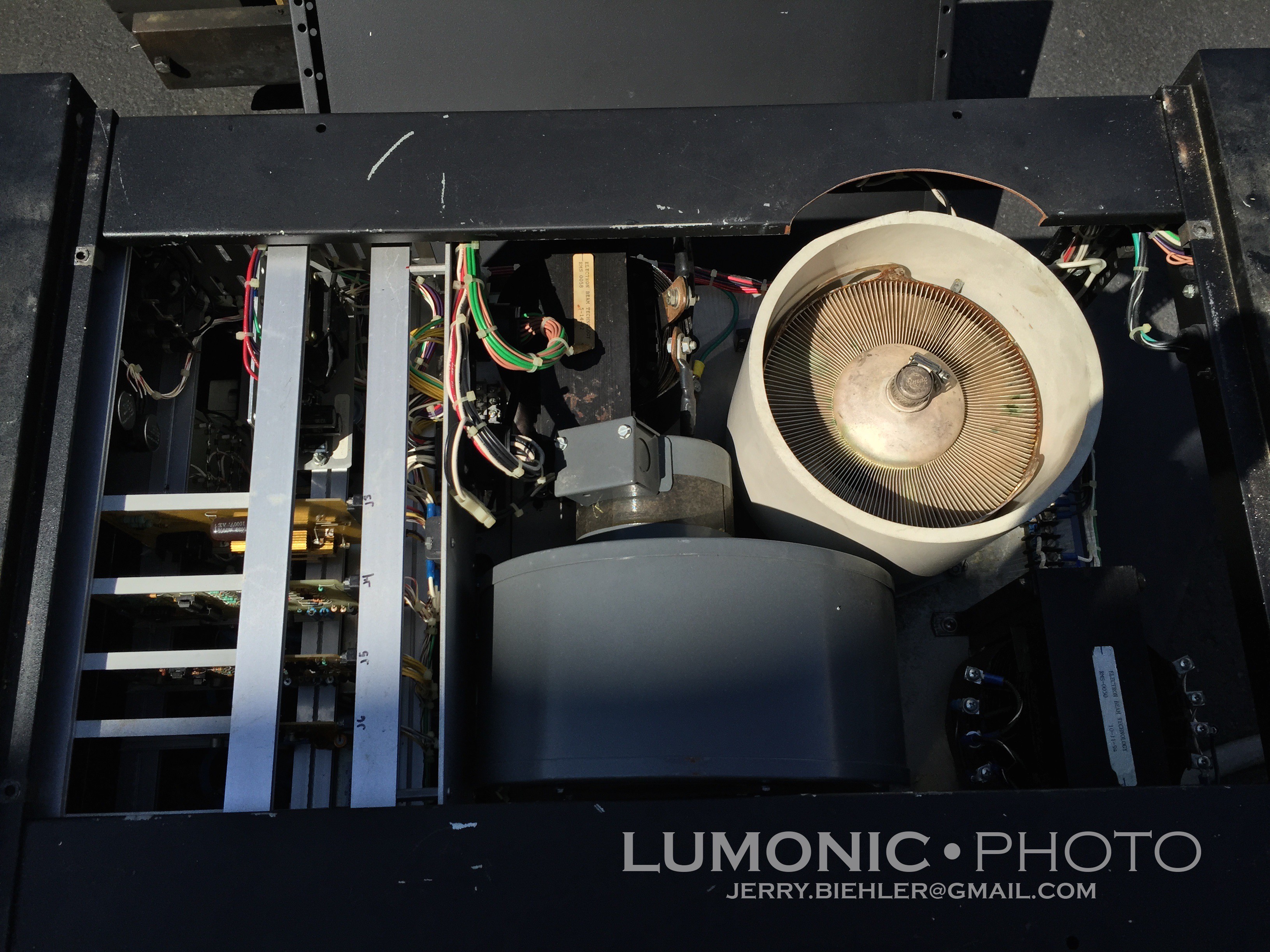

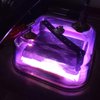

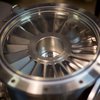


 FloppidyDingo
FloppidyDingo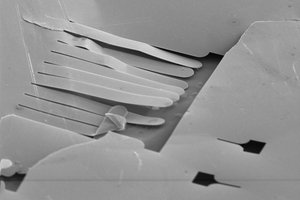

 Jarrett
Jarrett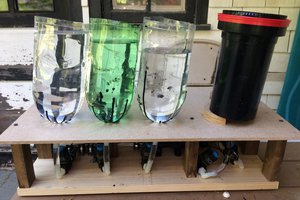
 Jorj Bauer
Jorj Bauer
Wow! What a wonderful array of devices!
I am building a miniature sputtering equipment at home for photography.
I mainly use materials available at DIY store, and now I'm struggling to improve the foreline trap of the rotary vane pump.
I look forward to your progress.